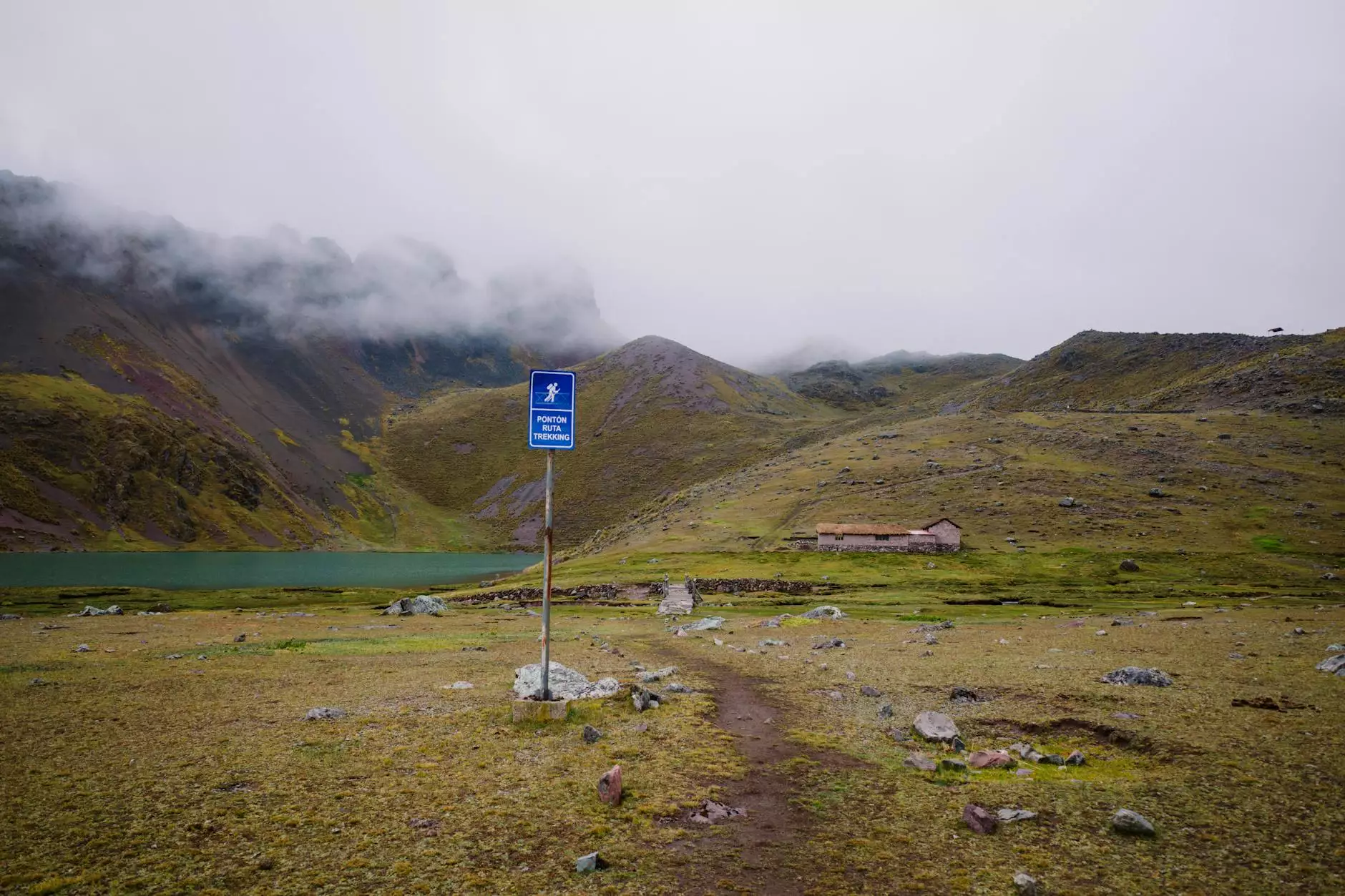Understanding Lhakpa-Ri Permit Costs and Trekking in the Himalayas

The breathtaking landscapes of the Himalayas have long drawn adventurers, trek enthusiasts, and nature lovers from around the globe. Among the many stunning destinations within this mountain range, Lhakpa-Ri stands out as a symbol of raw beauty and a true trekking challenge. However, embarking on such an adventure requires thorough preparation, including understanding the lhakpa-ri permit costs that come into play. In this article, we’ll delve into the various aspects of securing permits for Lhakpa-Ri, associated costs, and essential tips for a successful trip.
What is Lhakpa-Ri?
Lhakpa-Ri is a striking peak located in the vicinity of the Mount Everest region, known for its challenging terrain and captivating views. The mountain attracts trekkers who seek to experience the serene yet formidable environment of the Himalayas while enjoying the rich culture of the local communities. Before setting off on your journey to Lhakpa-Ri, understanding the necessary permits and their costs is vital.
The Importance of Permits in the Himalayas
Trekking in the Himalayas is not only an adventure but also a responsibility towards nature and local communities. The need for obtaining a permit stems from the desire to protect the fragile ecosystem and regulate tourism in the region. Permits also help provide support to local economies and ensure that the visitors adhere to environmental guidelines.
Types of Permits Required
When planning a trek to Lhakpa-Ri, you may need various permits based on your trek's route and duration. Below are the most common permits associated with trekking in this area:
- Trekkers’ Information Management System (TIMS) Card: This is a mandatory document for trekkers in Nepal's protected areas. It helps the government track trekkers' movements and ensure safety.
- National Park Entry Permit: Given that Lhakpa-Ri is located in a national park area, an entry permit is required. This fee contributes to conservation efforts.
- Special Area Permit: If your route traverses restricted areas, you may need a special area permit, which is applicable to certain trekking routes in the Himalayas.
Understanding Lhakpa-Ri Permit Costs
Now, let's dive deeper into the lhakpa-ri permit costs. Knowing these costs upfront allows for better financial planning and ensures that trekkers can focus more on enjoying their adventure rather than worrying about last-minute expenses.
Breakdown of Costs
The costs associated with obtaining the necessary permits for Lhakpa-Ri can vary depending on several factors including the season, group size, and duration of the trek. Below is a general breakdown of the typical costs:
- Trekking Permit Costs:
- Trekkers’ Information Management System (TIMS) Card: Approximately $10 to $20 per person.
- National Park Entry Permit: Ranges from $30 to $50 depending on the park and duration.
- Special Area Permit: Can costs between $10 to $500 based on the restricted area.
- Additional Costs: Trekkers should also account for transportation, guides, porters, and accommodation which can add another $300 to $600 to the overall cost depending on the trekking package chosen.
Factors Influencing Permit Costs
Several factors influence the overall costs associated with the lhakpa-ri permit costs. Here are some critical aspects to consider:
- Season: Peak trekking seasons (spring and autumn) may incur higher costs due to increased demand.
- Group Size: Some permits have a cost structure that benefits larger groups, thus reducing individual expenses.
- Duration of Stay: Longer treks may require different types of permits or an extension of existing permits.
- Local Regulations: Always check for any changes in local regulations that may affect permit requirements and costs.
How to Obtain Your Lhakpa-Ri Permits
Obtaining your permits for the Lhakpa-Ri trek can be a straightforward process if you follow the right steps. Here’s a comprehensive guide on how to secure your permits:
- Research: Begin by thoroughly researching the trek and identifying all necessary permits.
- Contact an Authorized Trekking Agency: This is optional but highly recommended. A reputable trekking agency can handle all permit-related issues and provide guidance.
- Gather Required Documents: Prepare the necessary identification and any required paperwork, such as passport copies.
- Fill Out Application Forms: Complete the required forms for TIMS and any other permits.
- Submit Your Application: Submit in person or via your trekking agency, along with the associated fees.
Tips for Trekking to Lhakpa-Ri
Once you have secured your permits, it’s time to prepare for the trek itself. Here are valuable tips to enhance your trekking experience:
Physical Preparation
Ensure you are physically prepared for the trek by engaging in regular exercise leading up to your journey. Cardio, strength training, and endurance exercises are essential.
Familiarize Yourself with the Route
Understanding the trail, elevation gains, and rest stops will significantly enhance your journey. Use maps, GPS, and local guidebooks.
Travel Insurance
Always opt for a comprehensive travel insurance plan that covers trekking and emergency evacuation.
Pack Wisely
Pack lightweight but essential gear. Consider the following items:
- High-quality trekking boots
- Clothing layers for varying temperatures
- First aid kit
- Water purification tablets
Conclusion
Understanding the lhakpa-ri permit costs and the necessary regulations is crucial for planning a successful and responsible trekking experience in the Himalayas. By following the tips outlined above and ensuring you have all the necessary permits, you can focus on what truly matters: experiencing the awe-inspiring beauty of Lhakpa-Ri and creating memories that last a lifetime.
Whether you choose to trek with friends or embark on a solo adventure, the Himalayas await with open arms and unmatched beauty.
Plan Your Adventure Today!
Visit environmentaltrekking.com to explore exciting tours and hiking packages designed for nature enthusiasts like you. Book your journey now and step into the majestic world of the Himalayas.



